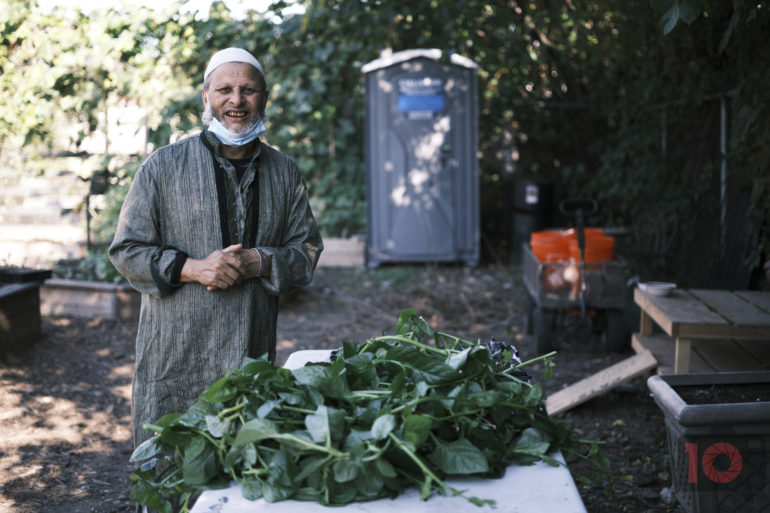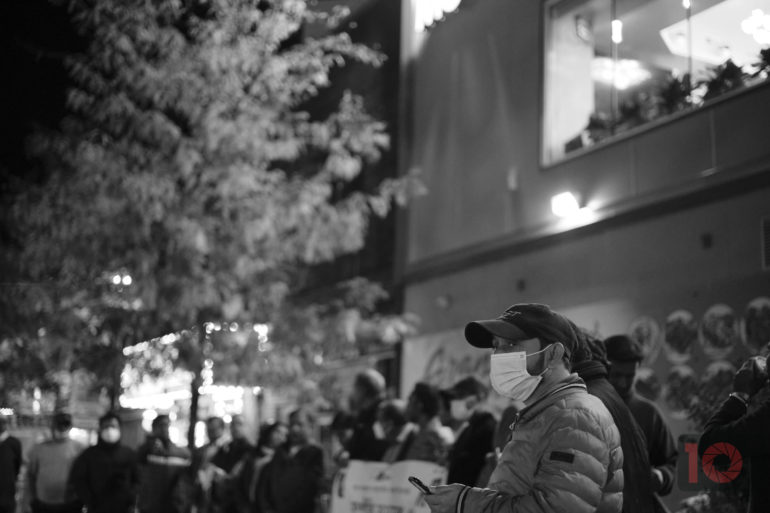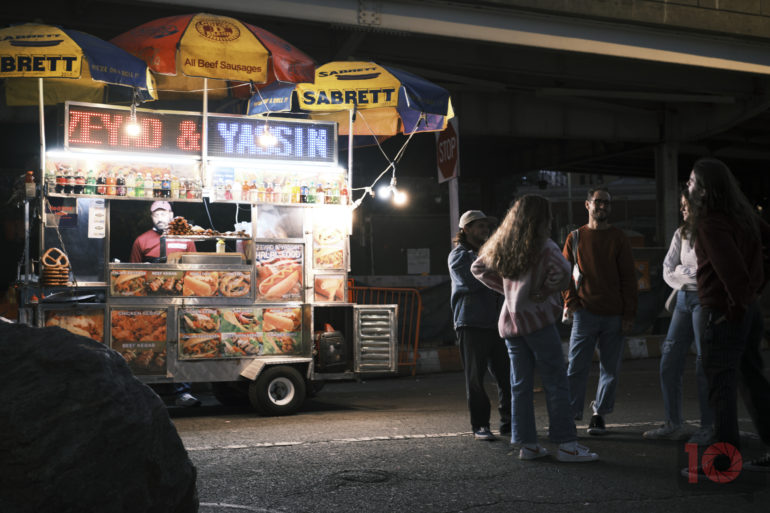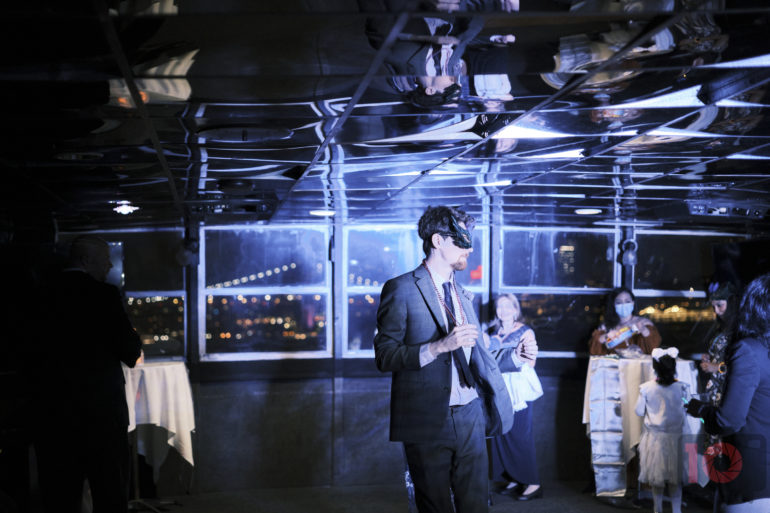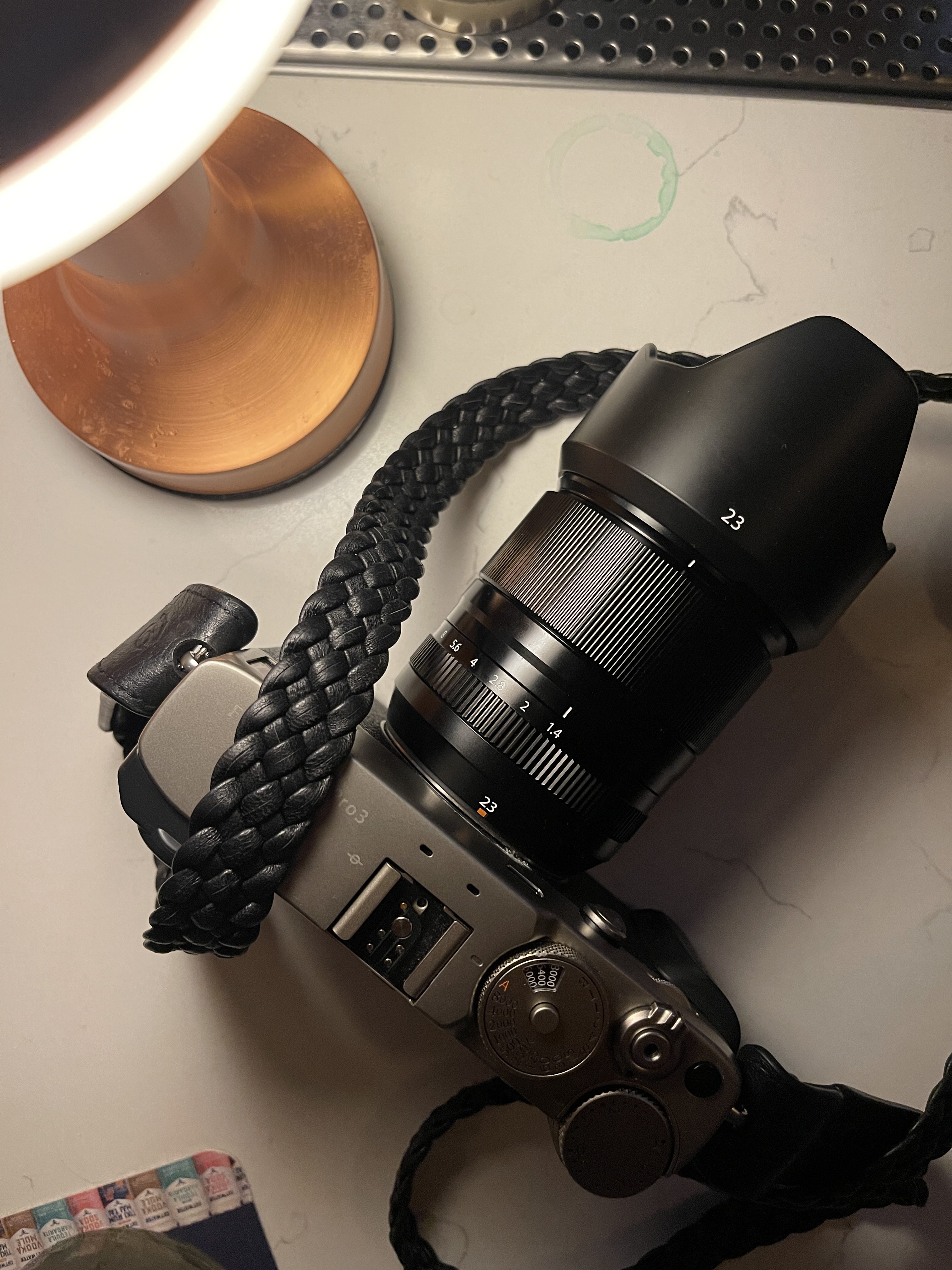It’s hard not to like what the Fujifilm Acros film simulation can do for street photography. What’s more, it makes the output of any lens look that much better. Street photography is a huge genre for Fujifilm shooters. However, we’ve got a favorite that other street photographers love too. So we’re letting you know what the best Fuji lens for street photography is. And no, we’re not talking about the X100 series of cameras.
Table of Contents
How We Chose the Best Fuji Lens for Street Photography
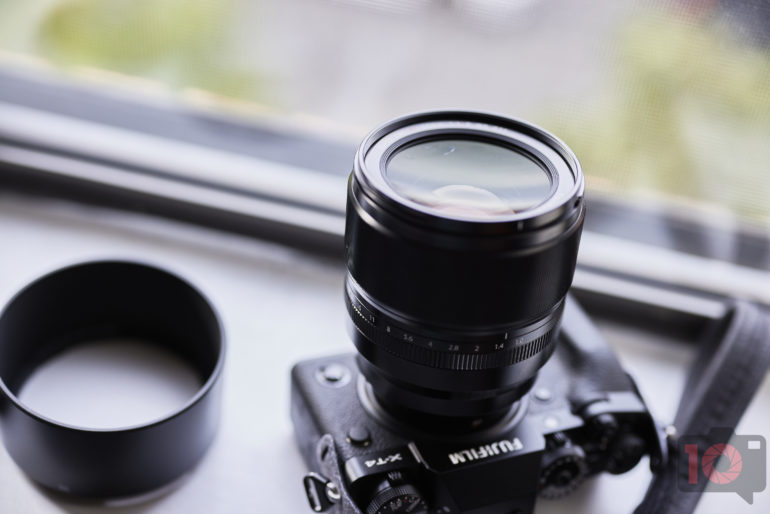
Here’s some insight into how to use this guide to the best Fuji lens for street photography:
- The Phoblographer’s various product round-up features are done in-house. Our philosophy is simple: you wouldn’t get a Wagyu beef steak review from a lifelong vegetarian. And you wouldn’t get photography advice from someone who doesn’t touch the product. We only recommend gear we’ve fully reviewed in these roundups.
- If you’re wondering why your favorite product didn’t make the cut, there’s a chance it’s on another list. If we haven’t reviewed it, we won’t recommend it. This method keeps our lists packed with industry-leading knowledge. Some of our stories include affiliate links. If you buy something through one of these links, we may earn an affiliate commission.
- Fujifilm X Mount (which we’re focusing on here) has many lenses available. And so, we’re choosing the best Fuji lens for street photography: from the ones that we’ve reviewed. Luckily, we’ve reviewed the vast majority of lenses for Fujifilm X Mount. You can find them in this guide here.
- So what makes a lens the best Fuji lens for street photography? A few things: at the top of it all is portability. I mean, what’s the point of using a lens if you never want to handhold it or carry it for a long time? Then there’s image quality. Fujifilm’s newer lenses are a bit cleaner than the previous ones were. However, a lot of the image quality is also based on whatever film simulation you’re using. We also value weather resistance because it helps prolong the shelf-life of your product.
- With Fujifilm, we typically just use single autofocus and have it select from the entire area. Otherwise, we use Continuous autofocus and choose the widest zone right in the center. It typically nails the exposure.
- We’ve reviewed nearly all of Fujifilm’s X series lenses. You can take a look at this guide.
- When we interviewed photographer Michael Young, he shared with us that he uses the Fujifilm 35mm f1.4 R.
- Photographer Preet Uday uses a variety of lenses. Check out our interview with Preet.
- Photographer Lanna Apisukh likes using a few different lenses. Check out our interview with her.
- Photographer Jonathan Bernheimer uses a 35mm lens typically. Take a look at our interview.
- Photographer Shuko Kawase uses the 23mm f2 R WR often. Be sure to check out our interview.
The best Fuji lens for street photography: Fujifilm 23mm f1.4 R WR
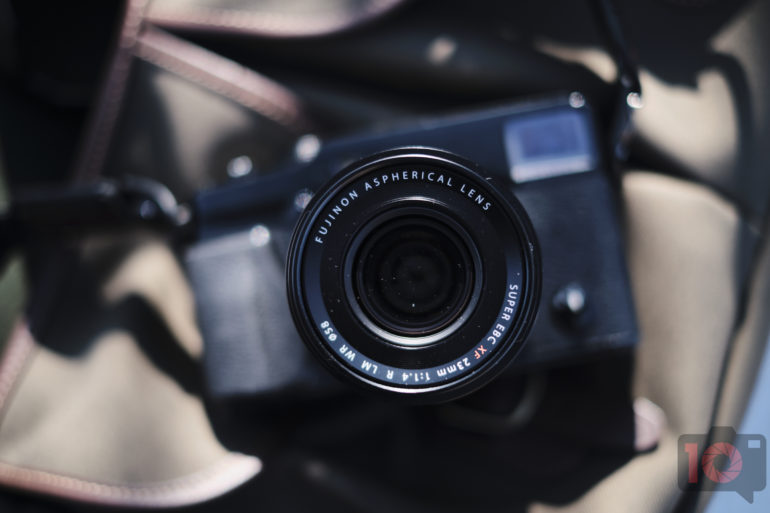
The Fujifilm 23mm f1.4 R WR is a kind of selfish choice. I own and adore this lens. But I also know that some folks tend to go for the 23mm f2 instead. However, the f1.4 is faster to focus and built better. On an APS-C camera, it’s around 35mm field of view. Photographers, especially street photographers, love this perspective.
Transparently, my favorite lens for street photography is the 18mm f1.4 WR R. But, this list is being made based on what other street photographers have said and our staff.
Combine it with your favorite film simulations and the right exposure for results that you’re going to love.
LIKES
- Weather resistance
- Fast autofocus
- Build quality
- It still makes Fuji’s sensors look good!
- Pretty good pricing at Adorama and Amazon. Try it first over at LensRentals.
DISLIKES
- It’s a bit too sharp for me.
This lens is available for $899.95. In our review conclusions, we said:
The Fujifilm 23mm f1.4 R WR LM is a worthy successor to the original. Fujifilm improved the image quality by making it sharper. Some of us won’t want our photos too sharp, so I’d recommend using a haze filter or an intensifier to soften it up a bit. There’s also weather resistance and faster autofocus. At the same time, it’s pretty long. Ergonomically speaking, I personally like a fatter, shorter lens. But practically speaking, this is one of the best lenses Fujifilm has ever made.
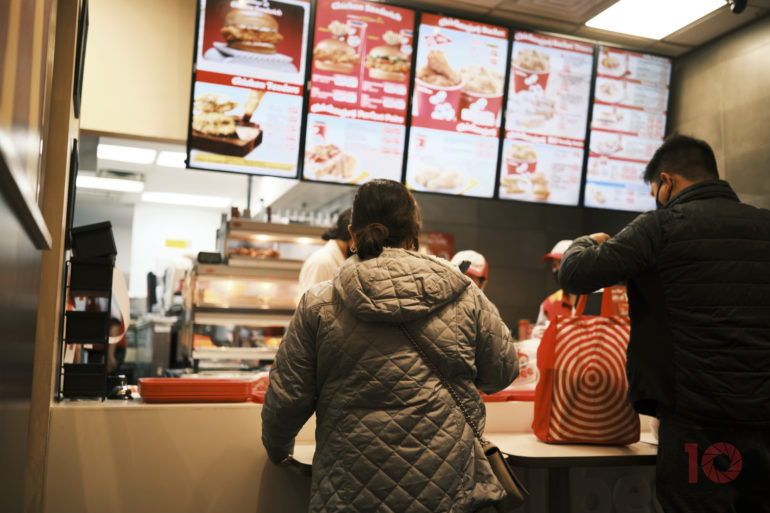
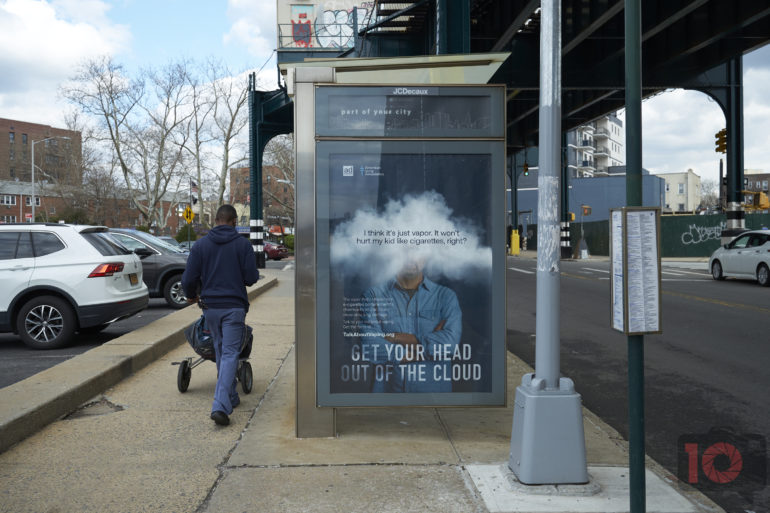
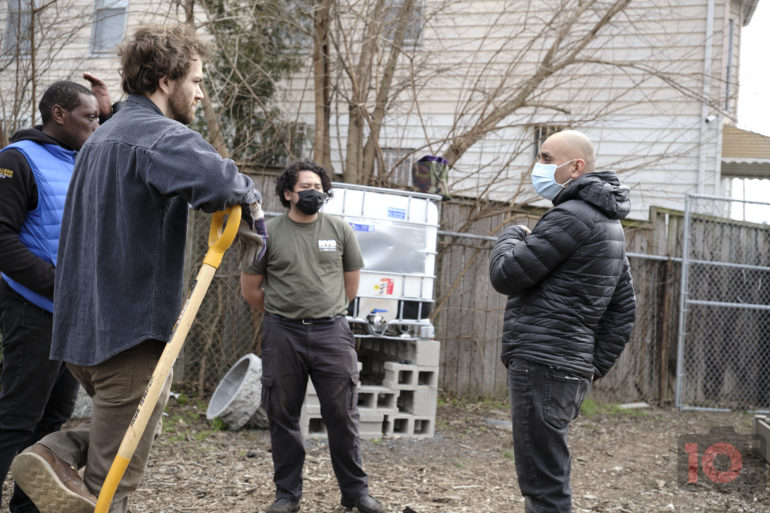
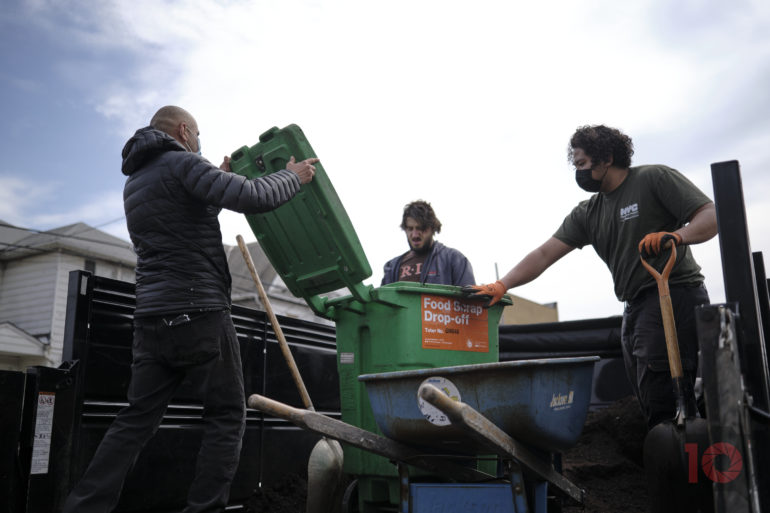
3 Other Great Options
Here are three other great options that photographers will enjoy. These lenses are all larger and have a faster aperture than our choice. But for some photographers, these might be the best Fuji lens for portraits because of image quality, balance, or affordability.
Fujifilm 35mm f1.4 R
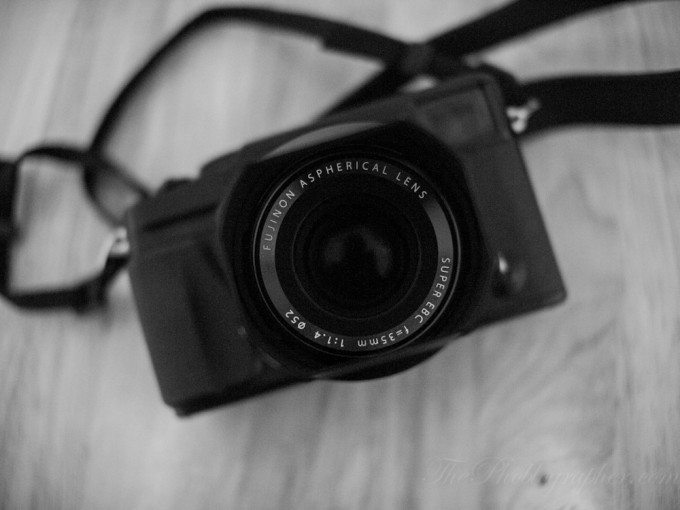
This lens is available for around $599. Our review concluded by saying:
When I made the purchase of the X Pro 1, I was torn between the 18mm f2 and this lens. I think I made the right decision due to the faster aperture despite the fact that I like shooting wider. Either way, this lens is a wonderful piece of glass that every photographer going into a mirrorless system should consider. Granted, it does have its contenders. Panasonic’s 25mm f1.4 and Voigtlander 25mm f0.95 may keep Micro Four thirds users locked in at the time of this publishing. Sony doesn’t have anything in the equivalent area to step into the arena, though some can argue that the 30mm f3.5 may be a suitable fit.
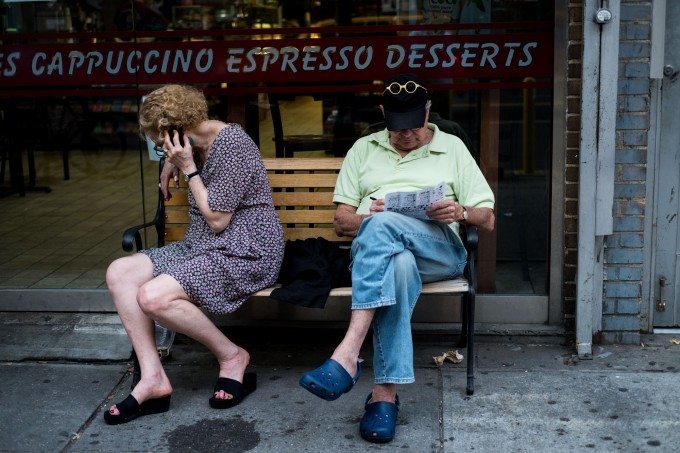
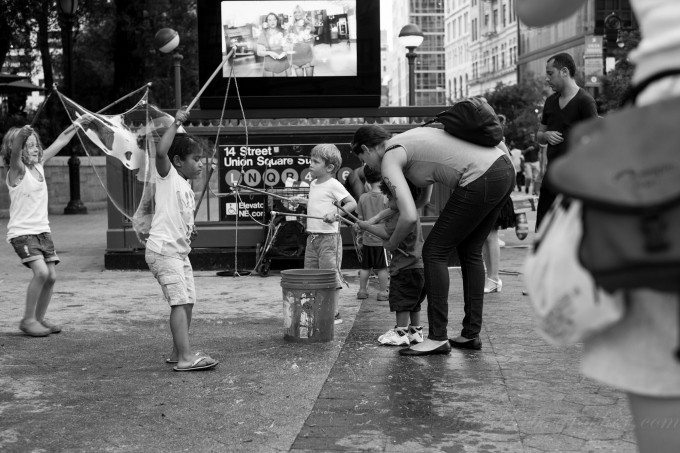
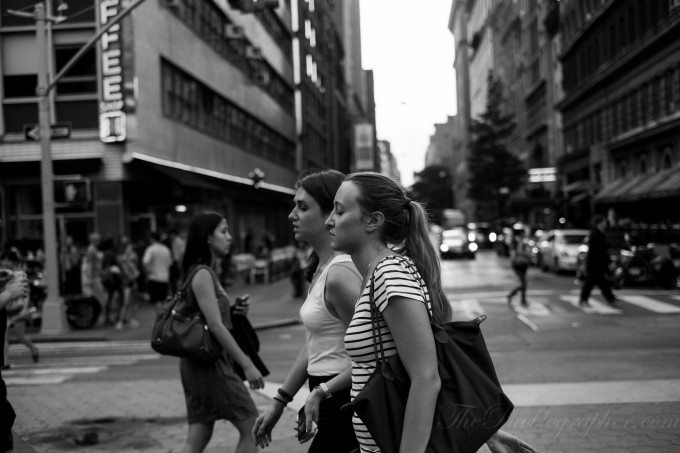
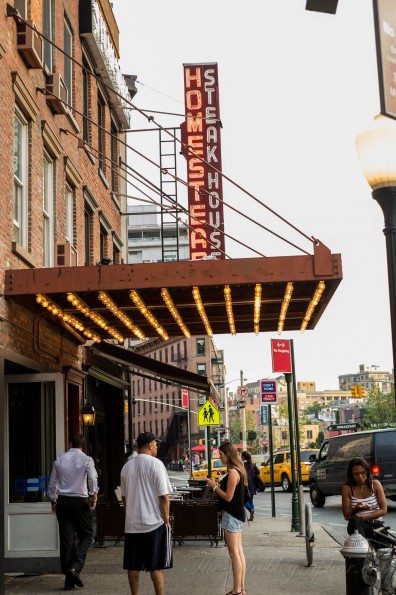
Fujifilm 18mm f1.4 R WR
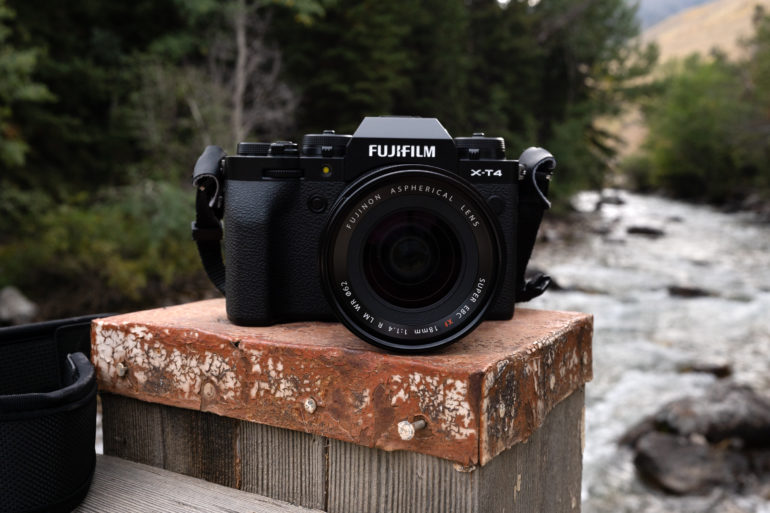
This lens is available for around $999. Our review concluded by saying:
The Fujifilm XF 18mm f1.4 lens is something that you can attach to your camera body and leave on. It’s the perfect focal length for street photography and a perfect walk around lens for travel. The wide-angle paired with the fast aperture is great for storytelling and environmental portraits. You can even shoot beautiful food and product images with this lens.
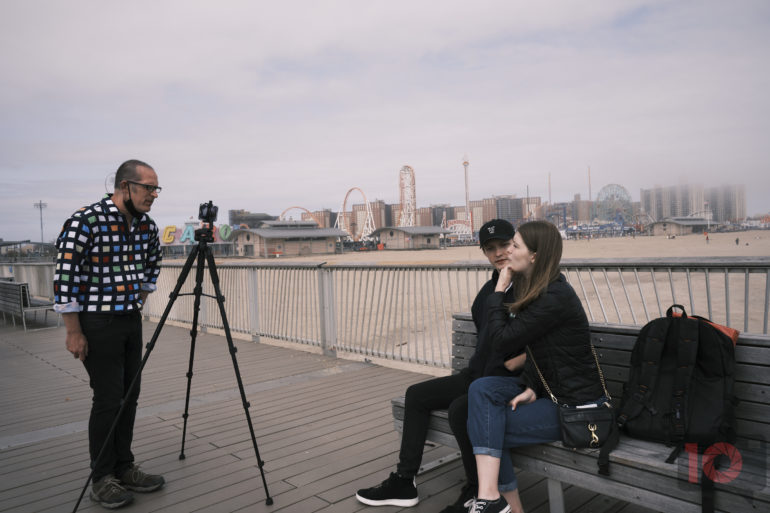
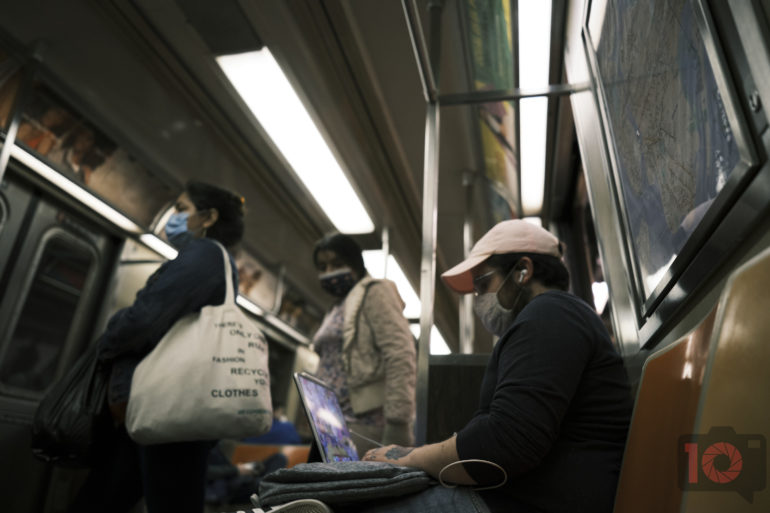
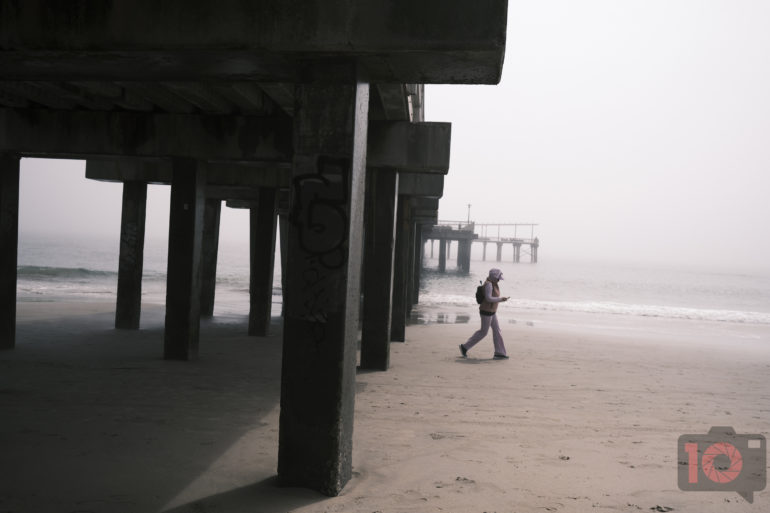
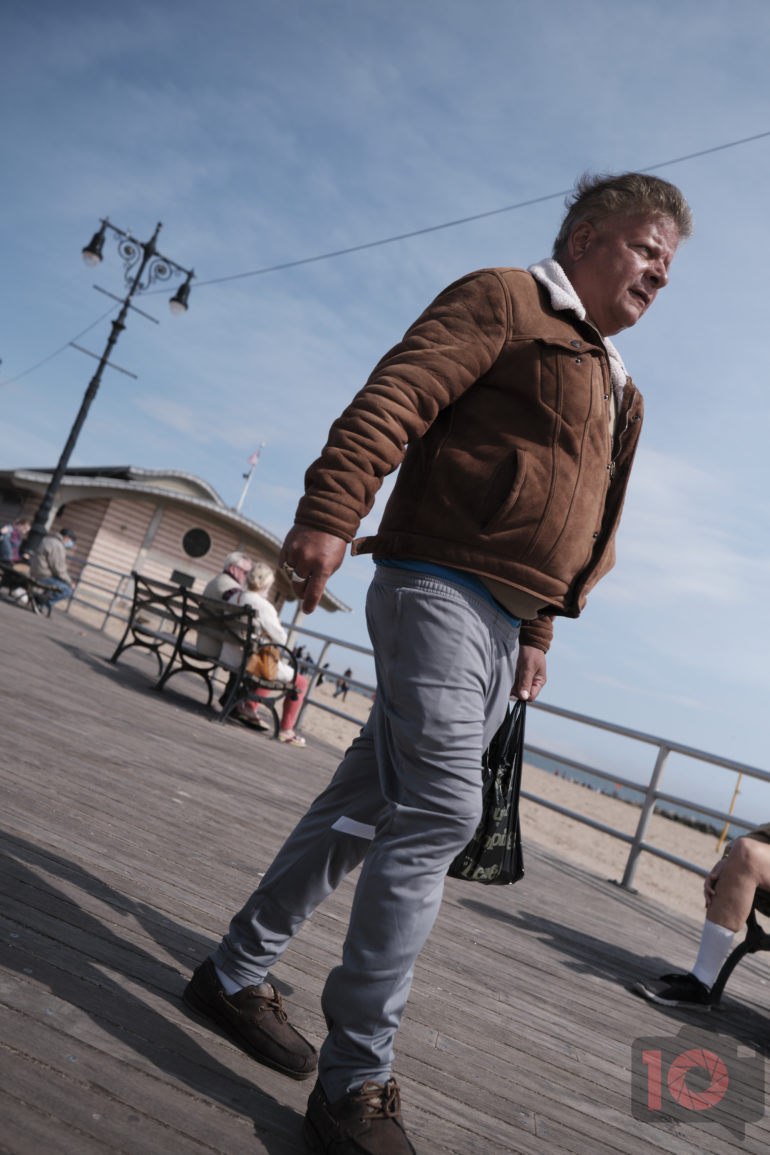
Fujifilm 33mm f1.4 R WR
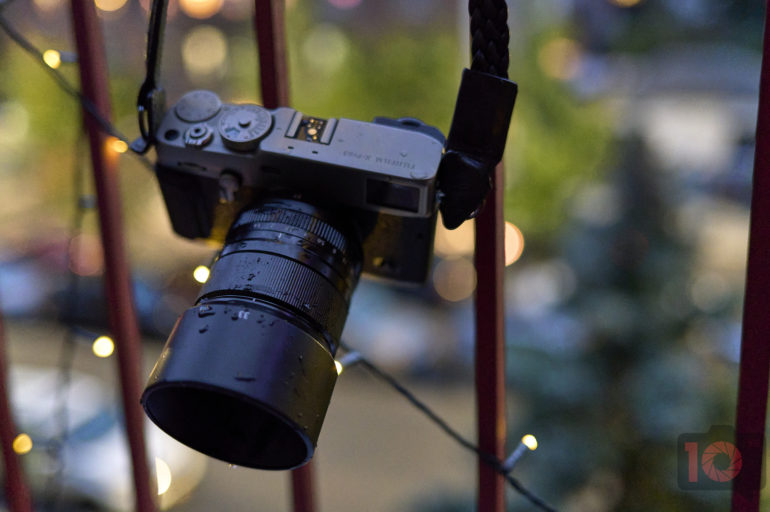
This lens is available for around $800. Our review concluded by saying:
There’s a lot to love about the Fujifilm 33mm f1.4 R WR LM. For many photographers, it will most likely be their most used lens as the 50mm equivalent view is paramount. They can shoot everything with this lens: weddings, portraits, food, travel, fun stuff that passionate photographers do, etc. Photographers will adore the image quality along with the solid overall build quality. What’s more, they’ll be able to use it in incredibly tough weather conditions with ease. When they’re ready to put the camera away, it will keep your entire package still pretty compact in your camera bag. All this for around $800 and you truly can’t go wrong.
